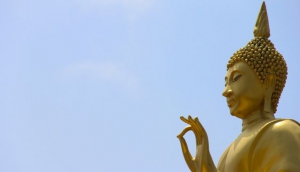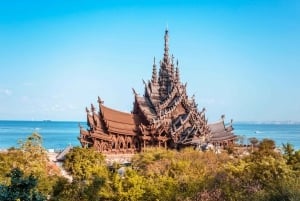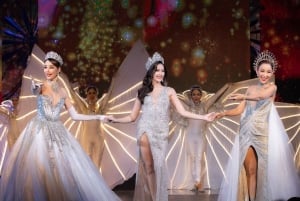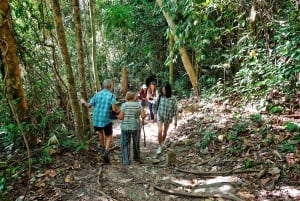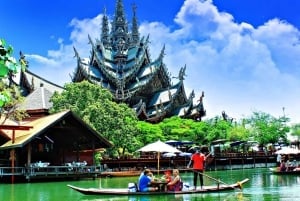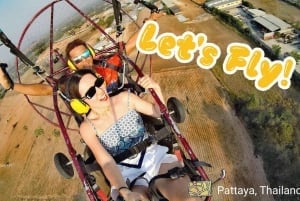Buddha Images of Eastern Thailand
The way is not in the sky. The way is in the heart.
Book Top Experiences and Tours in Pattaya:
If youʻre booking your trip to Pattaya last minute, we have you covered. Below are some of the top tours and experiences!- Pattaya: Mini Siam Entry Ticket
- Bangkok Airports: Transfer Pattaya, Hua Hin, and More
- Phuket: Patong Highlights Elephant Sanctuary Tour
- From Bangkok: Pattaya Private Customizable Day Trip
- Tiffany's Show Pattaya: Cabaret Show Entry Ticket
is a great launch-pad for the investigative traveler to enjoy exploring the diverse region of Thailand's Eastern Seaboard.Within easy reach you will find beautiful beaches, verdant coastal islands, and all the attractions associated with a major international tourist destination.
We have always been drawn to the beauty of the gold leaf encrusted Wats (Temples) by their solemn beauty. They are often the centre of the local community, housing cultural activity and even village markets. The vast majority of Thais are practicing Buddhists. Just wait close to a Wat , early in the morning and you will see the saffron clad monks walking their routes to accept offerings of food from the locals.
It is also fascinating that each Wat seems to contain a huge variety of Buddha statues and images.On closer examination you will see that they all seem to be striking a different pose. These positions of hands or body are called Mudras.

The Mudra featured in the Main photograph of this article is called the Vitarka Mudra and signifies "discussion" or "explanation". The left hand is lowered and forms a fist whilst the right hand is raised with the thumb and index fingers forming a circle. This example can be seen at the small hill-top temple of Wat Khao Din.
Quite a commonj pose is the Mudra of protection (Abaya) which is made by the buddha raising the right hand facing away from the body with a flat palm.It signifies fearlessness or blessing to followers.The example shown here is a statue to be found at Wat Khao Sukim near Chantaburi.
Often the Buddha can be seen showing both left hand and right hand gestures. In the next example Buddha is displaying the Gesture of Witness(Bhumisparsha) with the right hand.This indicates the unjion of symbolism and method when combined with the cupped left hand laying on the Bhudda's lap. This "Touching the Earth" Mudra is central to basic Buddhist meditation. Examples shown here are from Wat Khao Din and Wat Tam Yai Prik on Ko Sichang.


Another Mudra which will become familiar to those who venture into Thai temples is the Gesture of Meditation (Dhyana). In this pose the Buddha is seen seated with both hands facing open palmed skyward.This is the characteristic mudra of Buddha Shakyamuni, Dhyani Buddha Amitaba and the Medicine Buddhas.
Many temples have a store room or statuary where Buddha statuettes are arranged for teaching the novice monks the whole array of Mudras.There are a plethora of different Mudras . Far too many to mention here. For those who are intrigued with a thirst to discover more,there are many sources on the internet or just ask a friendly monk.
Some of the most magnificent Buddha statues show him resting or relaxing in the reclining position. Eastern Thailands Wats hold many such edifices, and one of the largest (over 60 Metres long) can be found at Wat Khao Sukhim.


Plump and Slim
At the risk of seeming sacrilegious; it has always been intriguing as tow why Buddha is sometimes portrayed as a slim ascetic being, and in other instances as a rotund and jovial figure.
My research tells me that the fat jolly version, really depicts the Chinese god of fortune and good luck, who was just a man . When he became enlightened he became an incarnation of Buddha. This why his statue is more often found in Chinese style Buddhist temples like Viharn Sien and Viharn Thep Sathit Phra Kitti Chaloem.
The slimmer version found in most Thai Wats are depictions of Guatama Siddhartha who became the original Buddha after long meditation resulting in his reaching his goal of enlightenment.
We hope that this basic explanation helps the intrepid explorers of these wonderful places. After all, a little bit of extra knowledge always adds to the reality of the experience.





